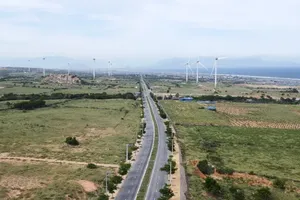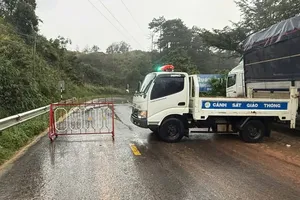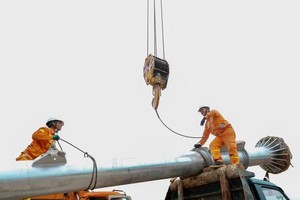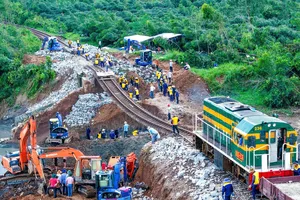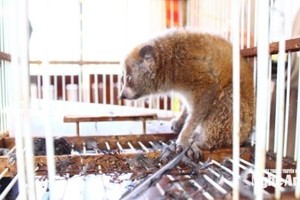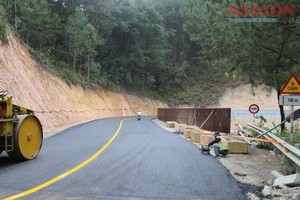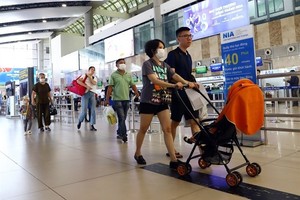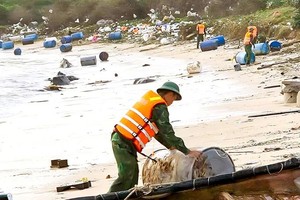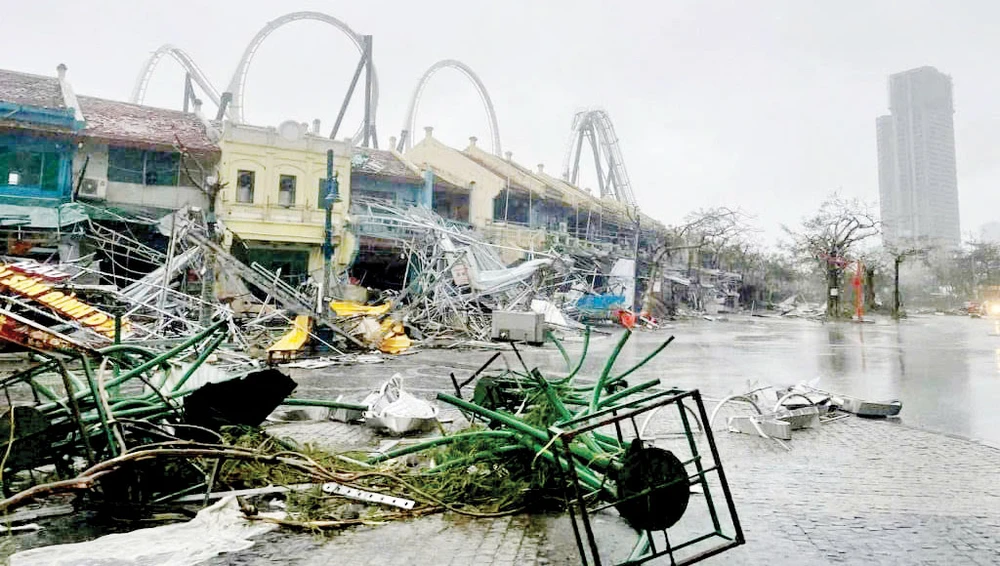
However, people in both areas remain deeply shaken by the storm's devastating force, the most severe in several decades.
At the start of the week, all students in the mining region remained out of school as many buildings were still in ruins, and power and water systems had yet to be restored. For now, the main focus for the people of Quang Ninh, particularly in Ha Long City, was clearing the debris left behind by the typhoon that had ravaged the coastal city.
Walking through the streets of Ha Long, from the renowned Bai Chay Tourist Area, home to numerous modern entertainment complexes, luxury hotels, and yacht marinas, to Hon Gai City, the devastation was apparent everywhere. Searching through the rubble, Tran Tuan Huy, a restaurant owner in the Bai Chay Tourist Area, said with despair, "My brothers and I spent over six years building this restaurant, and now we’ve lost everything."
"My father just told me that, as of today, there's still no electricity, water, or phone signal. Our relatives had to borrow a charcoal stove to cook a meal. The city is in shambles, and Bai Chay Hospital is completely devastated," shared a colleague from VTC Digital Television, whose family lives in Ha Long City, Quang Ninh Province, with a reporter from SGGP Newspaper.
As of September 9, Ha Long City had reported four deaths and numerous injuries due to Typhoon Yagi. The storm also damaged nearly 100 boats and 30 aquaculture cages, severely impacted over 550 factories, and left more than 50,000 households with damaged homes. Additionally, 115 hotels and high-rise buildings were heavily affected, and around 100,000 trees were felled.
Mr. Vu Quyet Tien, Secretary of the Ha Long City Party Committee, announced that the city would launch a recovery campaign to address the aftermath of Typhoon Yagi. The goal is to clean up the environment, repair schools and hospitals, and ensure social welfare and disaster relief efforts over the next seven days.
In Hai Phong, Typhoon Yagi caused significant damage. According to Mr. Nguyen Van Tung, Chairman of the Hai Phong City People's Committee, as of September 9, preliminary reports indicated damage to 528 homes, 128 schools, 210 substations, and 367 power poles. Additionally, nearly 20,000 hectares of rice fields, crops, and fruit trees were flooded.
The city is now focusing on restoring electricity to healthcare facilities, industrial zones, schools, and clean water stations to serve production and residents' needs. The clean water supply system has been mostly restored, now supplying water to around 80 percent of the population in urban districts. However, in Cat Hai Island District, due to its mountainous terrain and remote location, recovery efforts will take longer.
